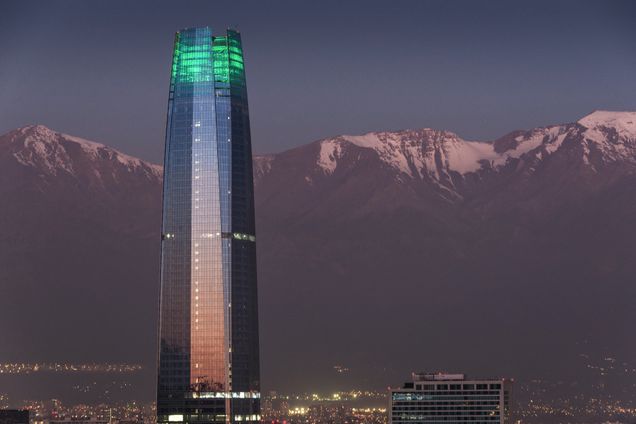Greening Development Lending in the Americas: Trends and Determinants

Latin America and the Caribbean (LAC) faces a $110 billion annual gap in financing for climate change. Development finance institutions (DFIs) have a unique role to play in closing this financing gap through correcting key market and government failures and by crowding in private sector economic activity. DFIs have also been asked to play an enhanced role in meeting the Sustainable Development Goals (SDGs). To this end, a number of development banks have pledged to increase finance for sustainable development in general and low carbon development in particular.
A journal article in Ecological Economics by Fei Yuan and Kevin P. Gallagher provides an assessment of the extent to which the existing development banking regime in LAC is poised to help the region achieve its climate financing goals. The authors created a database of development lending to understand how DFIs in LAC support green development. They also investigate the key drivers of green lending to LAC countries.
The authors find that development banks are falling short of playing the key role they need to assume in filling these gaps. DFIs provide just $7 billion per year in terms of green finance in general, and just $4.4 billion per year in terms of climate finance. Green financial flows tend to go to countries with higher human development scores and left of center governments, and derive from development banks where the majority of the shareholder governments have strong environmental performance in their home country. The authors determine that if efforts in green finance were ambitiously increased, the region would make substantially more progress in meeting the twin goals of environmental and economic sustainability.
Read the Journal Article Explore the Interactive